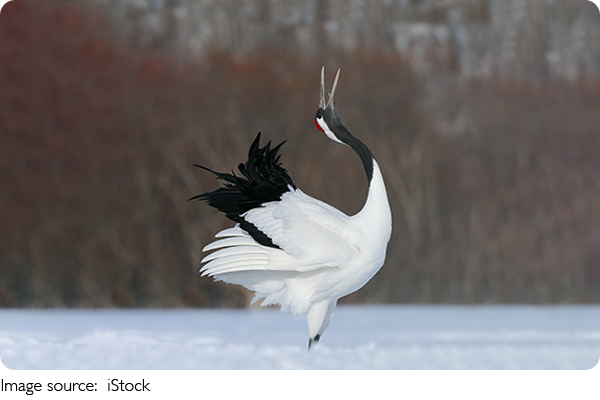Birds' Epic Routes

Have you ever wondered how birds find their way across thousands of miles during migration? It seems almost magical—these creatures navigate vast continents, oceans, and mountains with remarkable accuracy.
But bird migration routes are not random or accidental. They are shaped by a complex mix of genetics, environmental cues, learning, and geography.
Let's explore how birds form these epic pathways and what guides them on their incredible journeys.
What Drives Birds to Migrate?
Migration is primarily about survival. Birds travel to find food, better climate, and safe breeding grounds. In colder regions, winter brings a scarcity of insects and plants, prompting many species to move to warmer areas. Migration routes connect these seasonal habitats and vary greatly by species.
These journeys can span from a few hundred to over ten thousand kilometers. For example, the Arctic Tern migrates from the Arctic to the Antarctic and back annually, covering about 40,000 kilometers—a true world traveler.
Inherited Navigation: The Genetic Blueprint
One fascinating aspect is that many migratory birds have an innate sense of direction. Scientists have shown through experiments with birds raised in captivity that some species possess genetic programming that directs their initial migration path. This internal compass helps them start in the right direction during their first migration.
For example, young birds released far from their usual route still attempt to fly toward their traditional wintering grounds, indicating a built-in navigational instinct. However, this genetic map is only the starting point.
Environmental Landmarks and Learning
While genetics provide a basic guide, environmental cues help birds fine-tune their routes. Birds use visual landmarks such as coastlines, rivers, mountain ranges, and even cities to stay on course. These natural and man-made features act like signposts.
Young birds often learn these landmarks by following experienced adults, which helps them improve navigation accuracy over time. Some species form traditional flyways—well-established corridors used year after year by generations.
Using the Sun and Stars for Guidance
Birds have evolved extraordinary abilities to orient themselves using celestial cues. During the day, they rely on the sun's position combined with an internal biological clock to maintain direction. At night, many species use stars as a navigation tool. Experiments have confirmed that birds raised without exposure to the night sky lose their ability to orient properly, proving the importance of star patterns.
This solar and stellar navigation is especially useful over open water or deserts where landmarks are scarce.
The Magnetic Field: Nature's "Satellite Monitoring System"
One of the most amazing navigation tools birds use is Earth's magnetic field. Birds can sense magnetic fields through specialized cells in their eyes or brain, allowing them to "see" magnetic lines and use them like a map. This magnetic sense helps them maintain direction even in cloudy or dark conditions.
Adapting Routes to Changing Conditions
Migration routes are not fixed and can evolve. Changes in climate, habitat destruction, or food availability force birds to adjust their flyways. Some birds shorten or lengthen their journeys, while others explore new stopover sites.
Satellite tracking and long-term observation have documented shifts in migration timing and routes, demonstrating that bird migration is a dynamic process influenced by environmental changes.
Why Should We Care About Bird Migration?
Understanding how birds form migration routes is crucial for conservation. Migratory birds face many threats such as habitat loss, pollution, and climate change along their paths. Protecting important stopover sites and breeding areas ensures birds can complete their journeys safely.
Final Thoughts: The Marvel of Migration
Bird migration is one of nature's most impressive feats—a mix of inherited wisdom, learned experience, and remarkable sensory abilities. Next time you see a flock flying high in the sky, remember the incredible journey they undertake and the complex factors guiding their path.

Have you ever witnessed a migratory bird or flock in your area? What feelings did it inspire? The mystery of their routes invites us to appreciate the natural world's astonishing intelligence and resilience.


